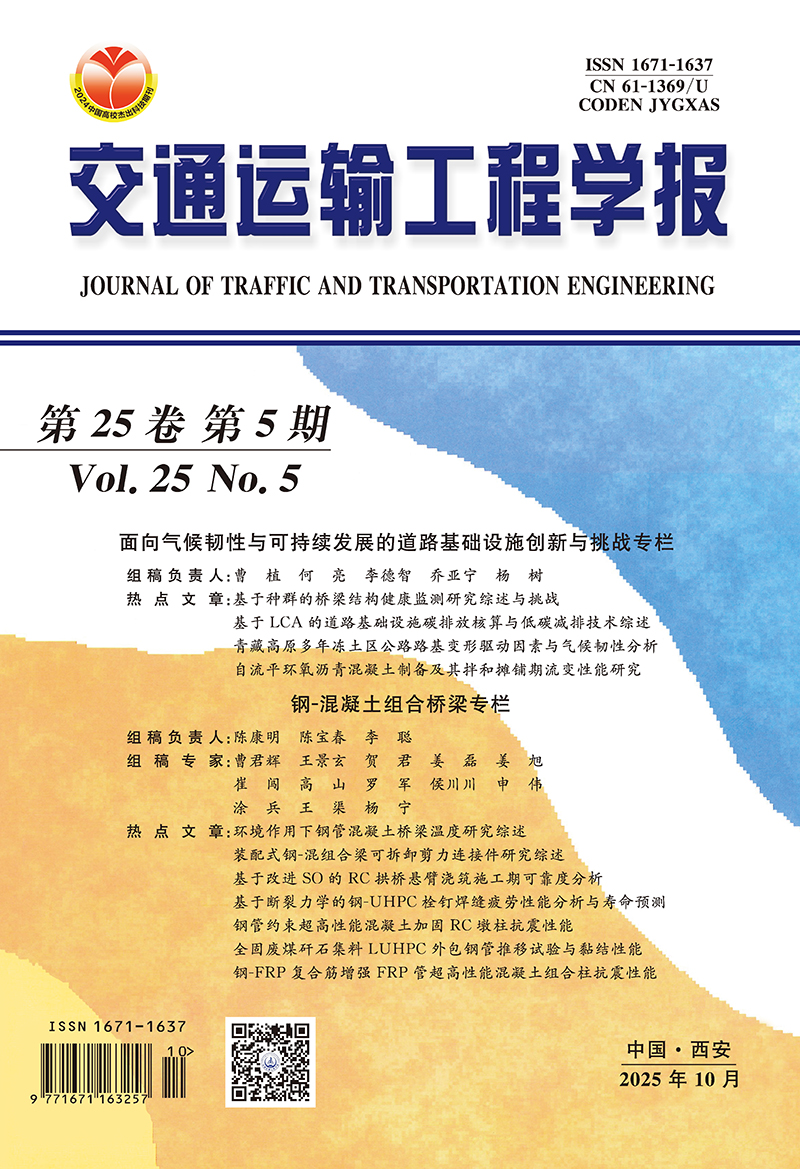2001 Vol. 1, No. 3
Display Method:
Abstract:
2001, 1(3): 1-6.
Abstract:
2001, 1(3): 7-10.
Abstract:
2001, 1(3): 11-14.
Abstract:
2001, 1(3): 15-17.
Abstract:
2001, 1(3): 18-21.
Abstract:
2001, 1(3): 22-28.
Abstract:
2001, 1(3): 29-31.
Abstract:
2001, 1(3): 32-36.
Abstract:
2001, 1(3): 37-41.
Abstract:
2001, 1(3): 42-45.
Abstract:
2001, 1(3): 46-49.
Abstract:
2001, 1(3): 50-53.
Abstract:
2001, 1(3): 54-57.
Abstract:
2001, 1(3): 58-61.
Abstract:
2001, 1(3): 62-65.
Abstract:
2001, 1(3): 66-68.
Abstract:
2001, 1(3): 69-73.
Abstract:
2001, 1(3): 74-76.
Abstract:
2001, 1(3): 77-80.
Abstract:
2001, 1(3): 81-85.
Abstract:
2001, 1(3): 86-88.
Abstract:
2001, 1(3): 89-90.
Abstract:
2001, 1(3): 91-94.
Abstract:
2001, 1(3): 95-99.
Abstract:
2001, 1(3): 100-103.
Abstract:
2001, 1(3): 104-107.
Abstract:
2001, 1(3): 108-111.
Abstract:
2001, 1(3): 112-114.
Abstract:
2001, 1(3): 115-118.
Abstract:
2001, 1(3): 119-122.
Abstract:
2001, 1(3): 123-126.





